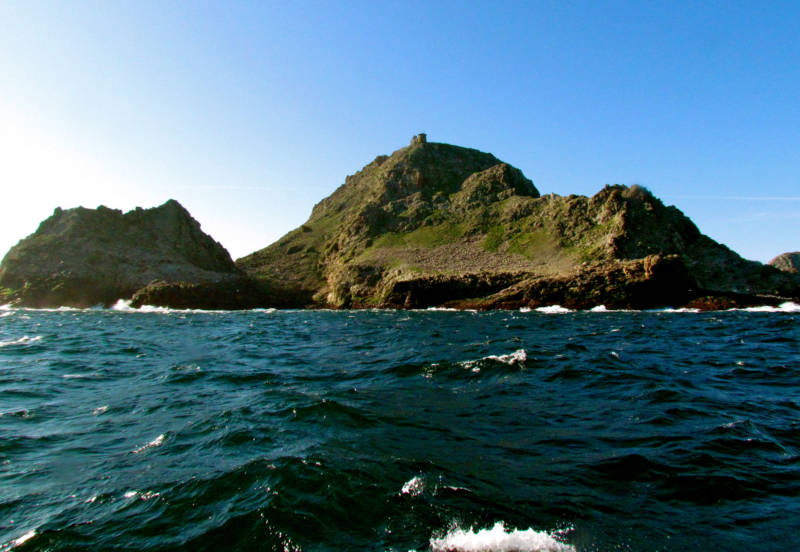The commission was hearing public comment on the extermination plan, which has drawn criticism from local conservation groups, as it sought to determine whether the plan complies with California’s coastal management rules.
The U.S. Fish and Wildlife Service said in a report presented to the commission in March that a massive house mice population is threatening the whole ecosystem on the rugged islands, which are also a National Wildlife Refuge.
The archipelago is home to the largest seabird breeding colony in the contiguous United States, with approximately 300,000 to 350,000 birds of 13 species, including rare ashy storm petrels. The islands are also used by marine mammal species for resting and breeding, and by migratory birds.
Watch a KQED Science video about the Farallon Islands, produced in 2009:
Federal wildlife officials proposed using helicopters to dump 2,900 pounds of cereal grain pellets laced with brodifacoum, an anticoagulant that causes rodents to bleed to death, which is banned in California.
Officials had acknowledged the plan would kill some seagulls and other species, but argued that the benefits of eliminating the invasive species would heal the whole ecosystem.
“The only way to protect these species and allow the ecosystem to recover is 100% eradication of the mice,” said Pete Warzibok, a biologist who has worked on the Farallon Islands for more than 20 years. “Anything else is simply a stopgap measure that will not adequately address the problem.”
Critics argued the poison will not only kill the mice — first introduced by ships that stopped in the islands 200 years ago — but also wildlife on the island and scavengers that would feed on the carcasses of the poisoned animals.
“These poisons are deadly, they persist in the environment for hundreds of days and they do kill animals,” said Alison Hermance, the spokeswoman for the conservation group WildCare.
“The situation on the Farallon Islands has existed for decades. It does not need to be solved overnight with a massive poison drop,” she said.

